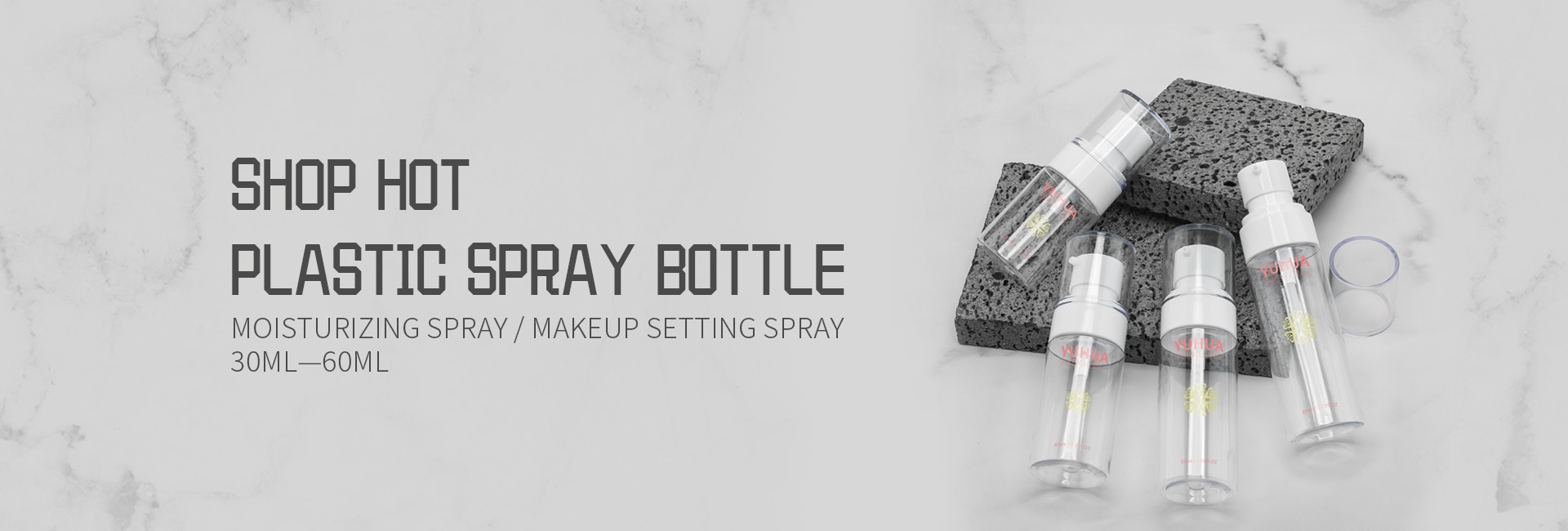PCR recycled material
What is PCR plastic?
The full name of PCR is Post-Consumer Recycled material, which is the recycling of consumer plastics, such as PET, PE, PP, HDPE, etc., and then processing the plastic raw materials used to make new packaging materials. For example, commonly used consumer products such as lunch boxes, Recycling of waste plastics generated from shampoo bottles, mineral water bottles, washing machine barrels, etc.
Why use PCR plastic?
(1) PCR plastic is one of the important directions to reduce plastic pollution and contribute to "carbon neutrality
Since humans invented plastic, plastic products have brought great convenience to human living standards, and it has been difficult for humans to live without plastic products. However, the garbage problem caused by plastic products has increasingly become one of human development dilemmas. Human beings produce approximately 30 million waste products every year. tons of plastic waste, of which 14.1 million tons are plastic packaging waste. Only a relatively small part of the plastic waste has been properly processed. According to data, the recycling rate is only 14%, and the vast majority is downgraded recycling. The effective recycling ratio is only 2 percent (data source: "Single-use plastics a roadmap for sustainability"), which shows that plastic recycling is still at a low level.
Then use PCR plastic to mix with virgin plastic and then use it to make plastic products. This method not only reduces carbon dioxide emissions, but also reduces energy consumption and helps protect the environment.
(2) Use PCR plastic to further promote waste plastic recycling
The more people use PCR plastics, the greater the demand, which will further increase the recycling of waste plastics and gradually change the model and business operations of waste plastic recycling, meaning that less waste plastics will be landfilled, burned and stored in the environment. in natural environment.
PCR plastic use areas
(1)Automotive field
The automotive industry is an important area where plastics should be used. In recent years, automobile OEMs such as BMW, Mercedes-Benz, Ford, Volvo, and Renault have also proposed goals for the use of PCR materials. For example, Ford Motor has established a number of standards for the use of recycled materials, and has already PCR materials are used in multiple models; Volvo claims that by 2025, the proportion of recycled plastics used in Volvo cars will reach 25%. Cars have high reliability requirements for plastic parts, so the promotion and use of PCR plastics for cars is more prudent. Cars The plastic usage in the entire vehicle is about 168kg, of which the interior and exterior decorations account for about 101kg, PP accounts for more than 47%, and ABS and PC alloys account for 13%.
The main source of PCR-PP materials for automobiles is copolymer PP raw materials obtained from the disassembly of home appliances. It has relatively stable impact toughness and can meet the material requirements for automobile interior and exterior decoration after modification. PCR-PP materials from dismantling of home appliances The recycling path is similar to the path for dismantling PCR-ABS materials from home appliances. After manual screening, cleaning, density sorting and other processes, the corresponding PCR-PP products can be obtained.
(2) Textile industry
The textile industry is one of the industries that currently uses PCR plastic most extensively. PET bottle flakes are cleaned and re-spun to obtain PCR polyester and related textiles. Currently, more and more clothing brands have launched related recycled PET clothing. product.
The recycling of PET bottle flakes is one of the most stable sources of PCR plastics at present. This is because its source is relatively standard and the pollution of recycled PET bottles during use is relatively light. Therefore, the recycling of PET bottles can produce high-quality recycled PET. Generally speaking, the viscosity of bottle-grade PET is higher than that of fiber-grade PET. Therefore, even if the bottle flake PCR PET is partially degraded during the recycling process, its molecular weight can still meet the textile requirements. If PCR-PET needs to be reused in bottle flakes, then Further thickening is required.
(3) Packaging industry
Packaging is one of the largest markets for plastic use. The life cycle of most packaging materials is short, and the waste generated by plastic packaging is more serious than the use of plastic itself. Taking European data as an example, in 2015, European plastics The demand is 49 million tons, of which 39% is used in the packaging industry. From the source of plastic waste, 59% of plastic waste is plastic packaging waste. Plastic recycling in the packaging industry may have greater social responsibility. There are also increasing More and more packaging companies are joining in the recycling of plastics and starting plans to use PCR materials. However, the packaging industry covers a relatively wide range of areas, and the requirements of each subdivision are also significantly different. The use of PCR materials in the packaging industry needs to be formulated according to specific products. More appropriate material paths.

